John Byrne’s latest photocomic has the Enterprise face an unknown force.
Time capsules were all the rage at one time, taking items distinct to the period and burying them in the ground, only to be dug up again one day in the future. John Byrne’s Star Trek New Vision series is a lot like digging up a time capsule from the late 1960s and finding lost episodes of The Original Series. Byrne’s latest “found” episode entitled “Swarm” once again entertains like only TOS can as the crew of the Enterprise faces a phenomenon capable of destroying stars in an instant.
Remaining true to the show and the era, “Swarm” opens as a typical episode of Star Trek, with a teaser before jumping into the credits and the episode. When illustrating these throwback issues, the temptation exists to update the graphics of the effects or ship, but Byrne does not alter a thing. For example, displays and monitors above stations on the bridge portray the information with minimalistic graphics as they would have when the actual episodes were being filmed.
“I think I may have a solution to that problem, Jim.”
What’s nice about “Swarm” is that each member of the crew gets a moment to shine, which was not often the case during the show. Byrne knows the characters like the back of his hand, which he demonstrates by adeptly representing the relationship between Bones and Spock, as well as Kirk and Bones and of course, Kirk and Spock. It’s the relationships of the Star Trek trinity that make these stories go, and Byrne understands that well.
Visually, Byrne is at the top of his game when he gives the reader the illusion of the ship being hit by something. During the series, when the Enterprise would shake, the actors would move in unison from side to side. While this is something Byrne could most likely easily accomplish, the director in him takes a new approach and the results are fascinating as the reader can not help but feel what the characters feel as they lurch around the bridge. At one point, the Enterprise loses gravity and Byrne’s depiction is next level imagery.
“Swarm” is not a straightforward tale. The crew encounters a strange new life, but while attempting to alleviate a threat to billions of lives in an inhabited system, Kirk may have to make a difficult moral decision. Bones’ final words leaves the viewer/reader with something deep to think about as far as humanity’s understanding of the unknown and how it responds to that lack of knowledge. Star Trek New Visions: Swarm is Star Trek at its finest and would make Gene Roddenberry proud.




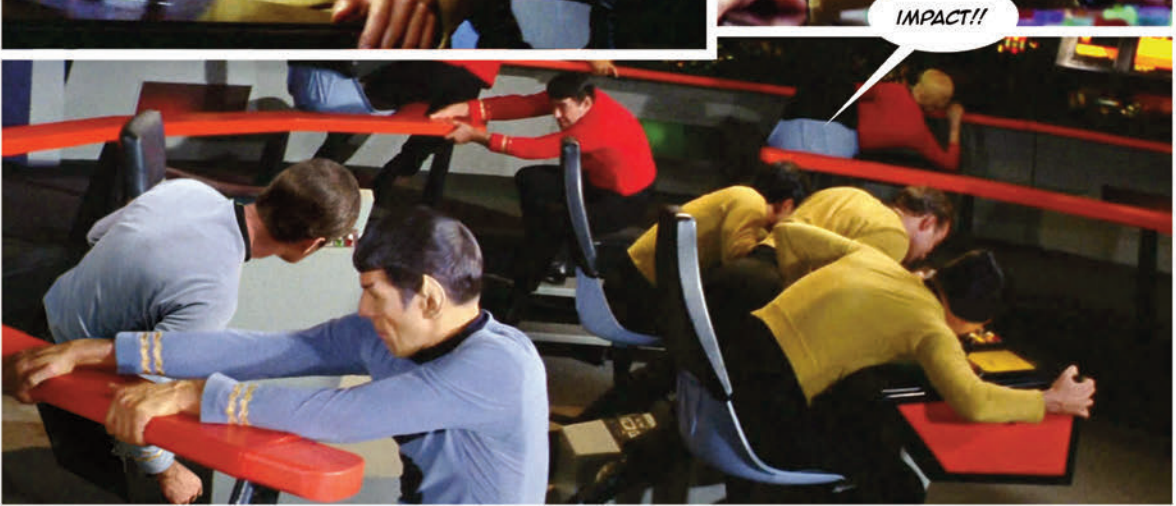
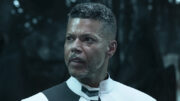
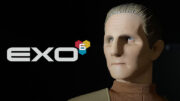
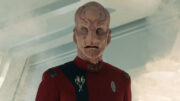
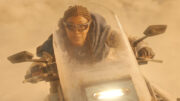
Haven’t been overly tempted by these so far, but this one sounds pretty interesting. Along with STC’s excellent “Embracing the Winds,” it’s incredibly gratifying to see that TOS can still serve as the basis for meaningful storytelling, even by today’s standards.
Today’s standards of storytelling: Boom! Bang! Arrgh! Smack! Ka-pow! B-b-b-b-b-baboom! Make mine TOS.
Too many movies, certainly. But have you checked out the better offerings on cable, or even some network TV lately? You might be surprised.
“Today’s standards of storytelling:”? haven´t you heard Marvel comics from the 60´s to 8o´s? they created “Aarrrgh”. you can´t have a HULK comic without “Argh”,.
That swarm sure looks similar to the swarm in Star Trek Beyond. I wonder if that was an influence.
I was thinking the same thing.
“Byrne’s latest found episode entitled Swarm”
Titled, not entitled. Why do so many writers get this wrong? The words have entirely different meanings and are not interchangeable.
Dandru,
http://grammarist.com/usage/entitled-titled/
”When they are synonymous with named or called, there is no substantive difference between entitled and titled. Some people object to this use entitled, but the objection is baseless. The use of entitled to mean named goes back centuries, and entitled was in fact the preferred term until recently. Google Books uncovers only 23 instances of the phrase “book titled” in works published in the 19th century, against some 31,000 instances of “book entitled.” (Titled in those days was much more often used to mean having a noble title.) This ngram,
http://books.google.com/ngrams/graph?content=book+entitled%2Cbook+titled&year_start=1800&year_end=2000&corpus=0&smoothing=3
which graphs occurrence of the two phrases in English-language texts published from 1800 to 2000, shows that “book titled” did not gain significant ground until the second half of the 20th century:
The trend in this century goes against tradition.” – Grammarist [professional online English grammar dictionary], 2014, grammarist.com